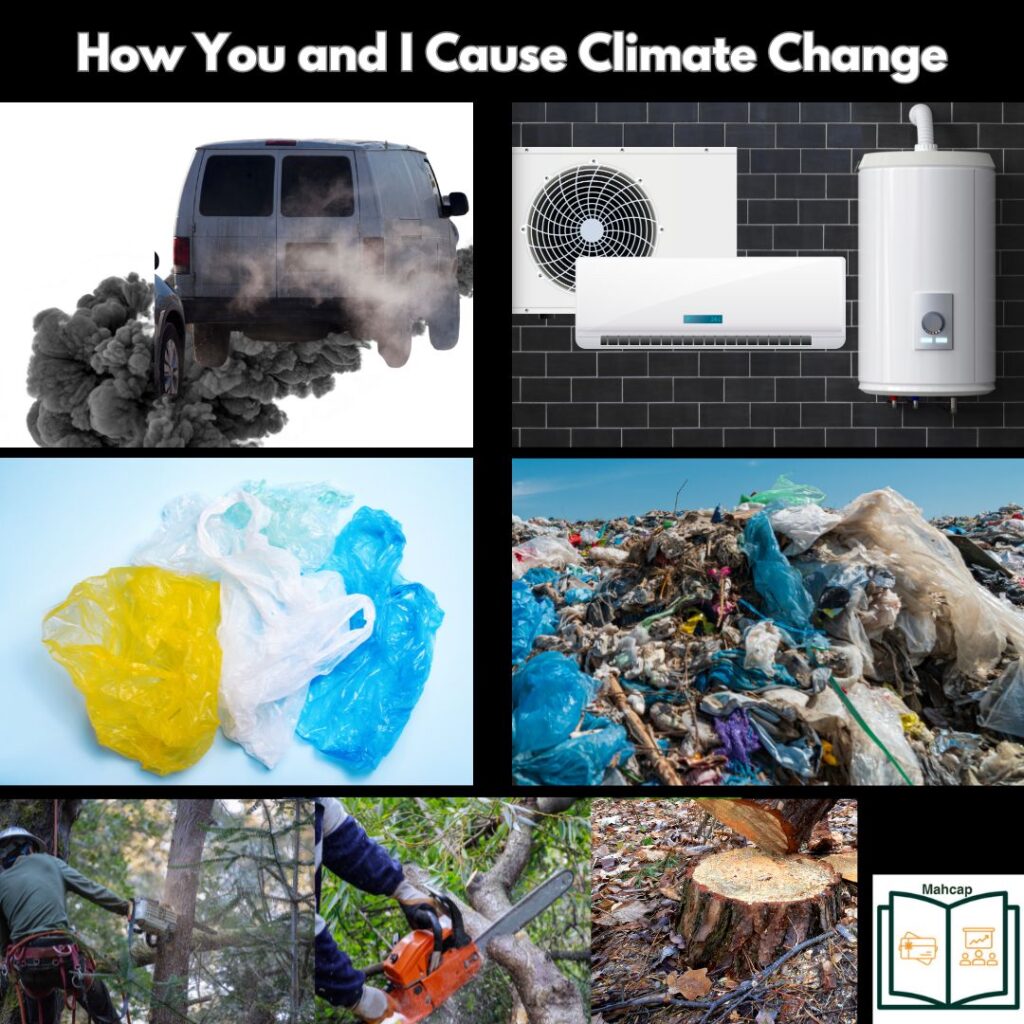Understanding Climate Change and Our Roles
Lately, have you found yourself tossing and turning at night, drenched in sweat because the weather is unbearably hot? Or perhaps you’ve noticed that extreme weather events like floods and droughts are becoming more frequent and severe. If these observations sound familiar, it’s time to talk about what’s really happening: climate change.
Climate change is not just a distant, abstract concept—it’s a reality that impacts our daily lives. From the rising temperatures making us sweaty and uncomfortable to the devastating floods and droughts that disrupt our communities, climate change is here, and it’s reshaping our world in profound ways.
What is climate Change?
- Do you feel that dry seasons are hotter than they used to be?
- Do you feel that drought seasons last longer?
- Do you feel that the rains are now heavier or less frequent than they used to be?
Think back to the weather of your childhood. Remember how it used to be consistent every year in terms of the rains, temperatures, and humidity? Weather is like our moods; it can change quickly from sunny to rainy like our mood can instantly change from happy to sad.
But climate change is more like our personality—it takes a long time to change. It’s the long-term pattern of weather that shifts gradually over many years, usually 30 years or more. In recent years, you might have noticed that these weather patterns have shifted. The consistency has been disrupted, and the temperature and rainfall levels have changed. This isn’t a sudden shift but a gradual change happening over decades. This is what we call climate change.
Climate change refers to significant changes in the average weather patterns over a long period. This includes changes in temperature, humidity, and rainfall. Unlike weather, which can change from day to day, climate change happens slowly over many years.

How You and I Cause Climate Change
Climate change isn’t just something happening far away; it’s influenced by our daily activities. Here’s how you and I contribute to climate change:
Owning and Using Gasoline or Diesel Cars Daily: When we drive gasoline or diesel cars, we burn fossil fuels. This releases greenhouse gases, such as carbon dioxide (CO2), into the atmosphere. These gases trap heat, making the planet warmer.
Example: Every time you drive to work, school, or the store, your car emits CO2, adding to the global buildup of greenhouse gases.
Use of Electricity: Many power plants generate electricity by burning coal, natural gas, or oil. Using a lot of electricity at home, work, or in factories means more fossil fuels are burned, increasing greenhouse gas emissions.
Example: Running air conditioners, heaters, and other high-energy appliances consumes large amounts of electricity, contributing to higher CO2 emissions.
Waste and Landfills: Waste that ends up in landfills decomposes and produces methane (CH4), another powerful greenhouse gas.
Example: Food scraps, paper, and other organic waste break down in landfills and emit methane, which is more effective at trapping heat than CO2.
Cutting Down Trees:Forests absorb CO2 from the atmosphere, helping to regulate the climate. When trees are cut down for timber or to clear land for agriculture, this carbon absorption capacity is reduced. Additionally, the carbon stored in trees is released back into the atmosphere when they decompose or are burned.
Example: Deforestation for farming or urban development reduces the number of trees that can absorb CO2, increasing the amount of this gas in the atmosphere.
Use of Plastics: Producing plastic involves the use of fossil fuels, and the disposal of plastic products contributes to greenhouse gas emissions. Incinerating plastic waste releases CO2 and other harmful gases.
Example: Single-use plastic items like bottles, bags, and packaging add to greenhouse gas emissions from production to disposal.
How Greenhouse Gases Affect the Climate
Greenhouse gases like CO2 and methane trap heat in the Earth’s atmosphere. This trapped heat leads to a warmer planet, which in turn causes changes in weather patterns, such as more intense heatwaves, storms, and unpredictable rainfall.
What Can We Do to Help?
Drive Less: Use public transport, carpool, bike, or walk when possible.
Save Electricity: Turn off lights and appliances when not in use, and use energy-efficient products.
Reduce Waste: Recycle, compost, and reduce the amount of waste you produce.
Plant Trees: Support reforestation projects and avoid unnecessary cutting of trees.
Cut Down on Plastics: Use reusable items instead of single-use plastics and support policies aimed at reducing plastic waste.
By: Huzeima Mahamadu
